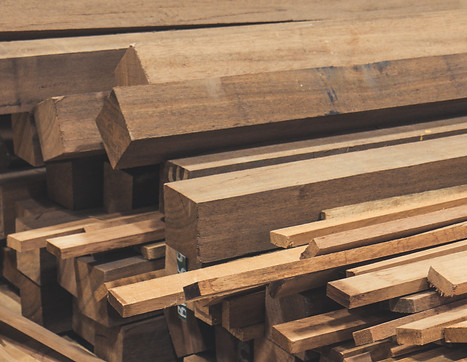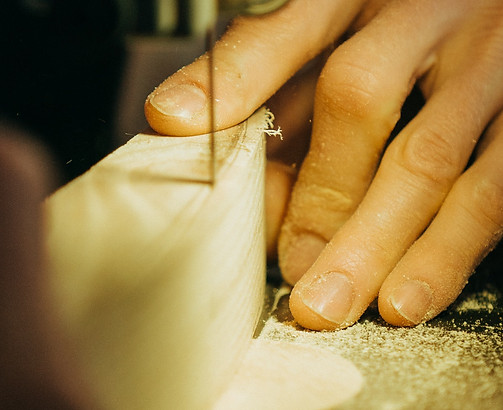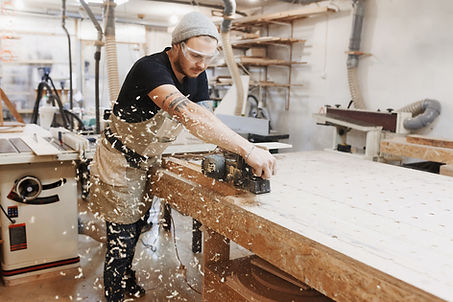Sawmill Process
Before the invention of the sawmill, boards were made in various manual ways, either rived (split) and planed, hewn, or more often hand sawn by two men with a whipsaw, one above and another in a saw pit below
In the twentieth century the introduction of electricity and high technology furthered this process, and now most sawmills are massive and expensive facilities in which most aspects of the work is computerized.
A sawmill's basic operation is much like those of hundreds of years ago; a log enters on one end and dimensional lumber exits on the other end.

Step 1: Selection
After trees are selected for harvest, the next step in logging is felling the trees, and bucking them to length.
Step 2: Limbing
Branches are cut off the trunk. This is known as limbing.



Logs are taken by logging truck, rail or a log drive to the sawmill.

Step 3: Transport
Step 4: Scaling
Logs are scaled either on the way to the mill or upon arrival at the mill.

Step 5: Debarking
Debarking removes bark from the logs.

Step 6: Decking
Decking is the process for sorting the logs by species, size and end use (lumber, plywood, chips).


Step 7: Sawing
A sawyer uses a head saw (also called head rig or primary saw) to break the log into cants (unfinished logs to be further processed) and flitches (unfinished planks).
Step 8: Resawing
Depending upon the species and quality of the log, the cants will either be further broken down by a resaw or a gang edger into multiple flitches and/or boards.

Step 9:Edging


Step 10: Trimming


Step 11: Kiln Drying
Drying removes naturally occurring moisture from the lumber. This can be done with kilns or air-dried.
Step 12: Plaining
Planing smooths the surface of the lumber leaving a uniform width and thickness.


Step 13: Shipping final products
Shipping transports the finished lumber to market.

